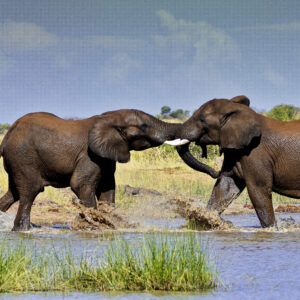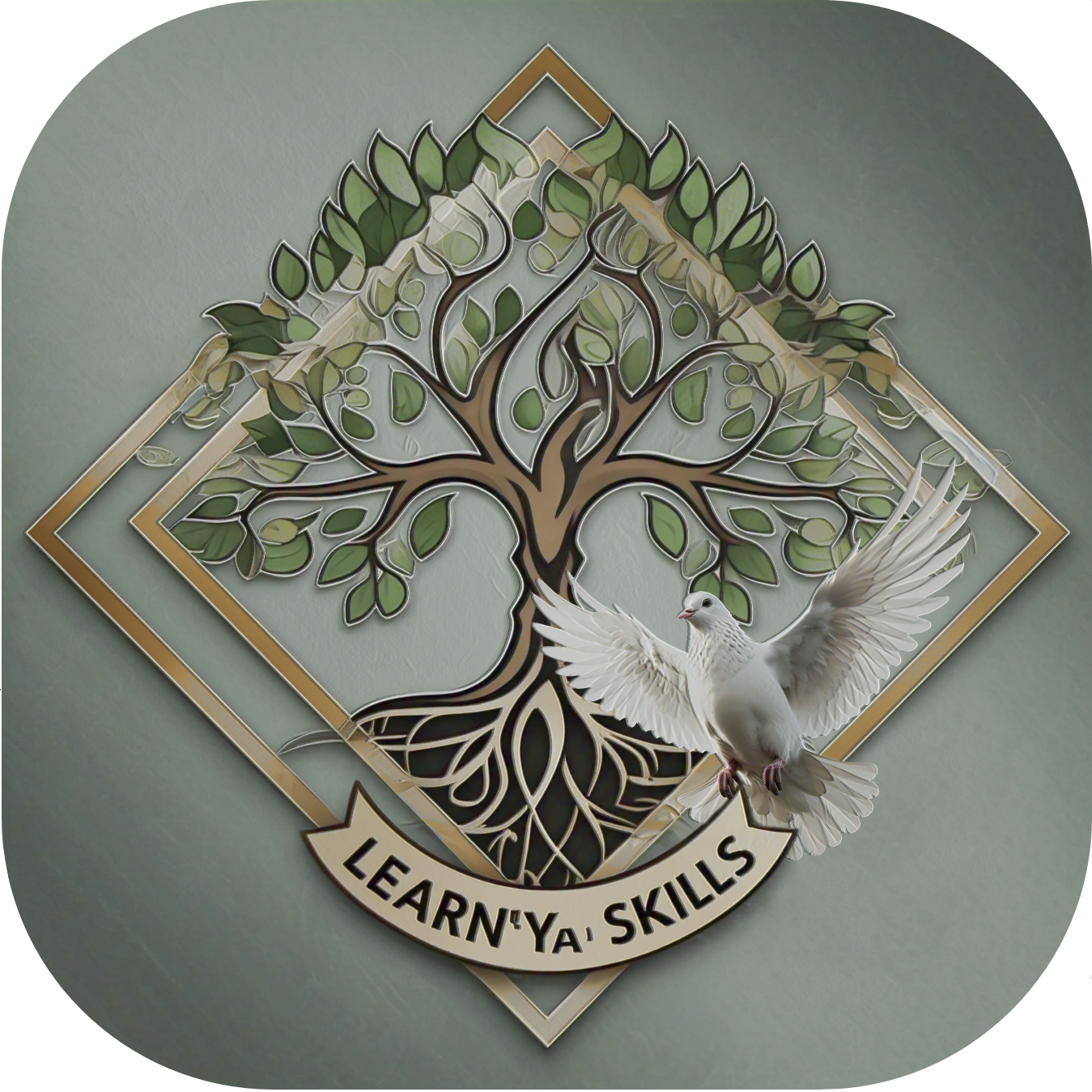Wildlife Photography Techniques
R250
Capturing stunning wildlife photography goes beyond merely pointing and shooting; it demands skill, patience, and understanding animal behavior. Through this carefully structured short course lesson layout, you will gain essential techniques and practical strategies to elevate your wildlife photography. Whether photographing majestic lions on the savanna or elusive birds in your local park, you’ll learn skills to consistently create impactful wildlife images.
Description
Wildlife Photography Techniques
Learning Objectives
By the end of this lesson, learners will be able to:
- Effectively apply the Exposure Triangle (ISO, shutter speed, aperture) to capture wildlife clearly and creatively.
- Identify and implement key compositional techniques to tell compelling visual wildlife stories.
- Demonstrate ethical and practical field techniques to approach and photograph wildlife responsibly and safely.
- Apply foundational post-processing methods to enhance wildlife photographs while maintaining image authenticity.
Introduction
Capturing stunning wildlife photography goes beyond merely pointing and shooting; it demands skill, patience, and understanding animal behavior. Through this carefully structured short course lesson layout, you will gain essential techniques and practical strategies to elevate your wildlife photography. Whether photographing majestic lions on the savanna or elusive birds in your local park, you’ll learn skills to consistently create impactful wildlife images.
Section 1: Mastering the Exposure Triangle for Wildlife
Key Concepts:
- Balancing ISO, shutter speed, and aperture effectively
- Managing trade-offs between image noise, motion blur, and depth of field
- Optimal camera settings for different wildlife scenarios
Examples/Case Studies:
- Leopard at dusk (ISO 800, f/5.6, 1/200s)
- Running zebra (ISO 400, f/8, 1/1000s)
- Heron strike action sequence (ISO 800, f/5.6, 1/1000s)
Section 2: Compositional Techniques for Powerful StorytellingKey Concepts:
- Rule of thirds for dynamic framing
- Leading lines and framing to direct viewer attention
- Using perspective, negative space, and environmental context
Examples/Case Studies:
- Lion pride interaction illustrating decisive moments
- Songbird nest-building photo essay demonstrating narrative flow and layering
Section 3: Ethical and Effective Wildlife Field Techniques
Key Concepts:
- Ethical considerations: maintaining respectful distances, avoiding stress on animals
- Strategic positioning and stealth techniques to minimize disturbance
- Vehicle-based wildlife photography as mobile hides
Examples/Case Studies:
- Photographer patiently observing lion cub play while maintaining respectful distance
- Field scenario highlighting appropriate use of vehicles and bean bags for lens stabilization
Section 4: Fundamental Post-Processing Principles
Key Concepts:
- Importance of RAW processing for image quality and flexibility
- Basic adjustments: exposure, color correction, noise reduction
- Ethical considerations: maintaining image authenticity and avoiding over-processing
Examples/Case Studies:
- Before-and-after post-processing examples demonstrating noise reduction and detail recovery
- Common mistakes such as excessive color saturation and unnatural sharpening
Interactive Elements
Activity 1: Exposure Triangle Field Test
Participants analyze sample wildlife scenarios provided. They suggest ideal ISO, shutter speed, and aperture settings based on environmental conditions and subject movement.
Activity 2: Composition Critique Exercise
Learners review provided wildlife images. They identify compositional strengths and suggest improvements using principles such as rule of thirds and leading lines.






